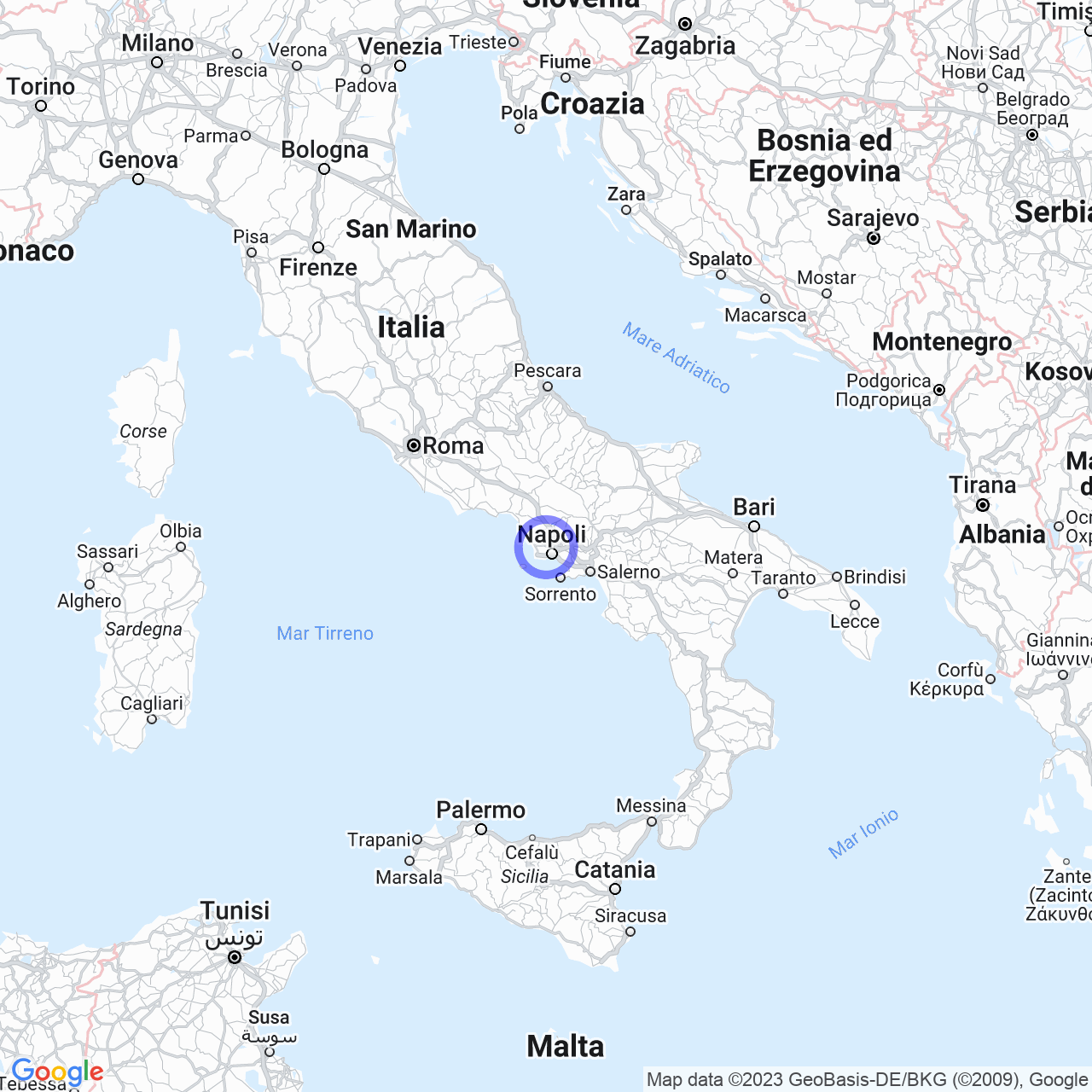Villaricca
Welcome to Villaricca, the town with a rich historical past
Hello everyone! Welcome to Villaricca, a town in Campania with a long history behind it. Today, I will talk to you about the physical geography of the town, the origins of its name, and its history.
Physical Geography
Villaricca is 9 km north of Naples. The town is composed of two distinct areas: the main urban center and the western district of Torretta-Scalzapecora. Villaricca is completely flat and has an average height of about 100 meters.

Origins of the Name
The city was formerly known as "Panicocoli", but in 1871 the name was changed to "Villaricca". The ancient name refers to the Medieval Latin language "panicoculus" which means "baker". In fact, the city is famous for the production of excellent bread. However, the ancient denomination is still used in the local dialect, especially among the older population.
History
The first documents mentioning Villaricca date back to 988 and 1031 and show land transactions. However, the area was inhabited already in ancient times. In 1955, tombs were found with related funeral objects, which suggests that the place was inhabited thousands of years before the advent of Jesus Christ.
The town began to become an actual village between the 4th and 5th centuries AD. The particular quadrangular structure of the ancient inhabited area of the town suggests that it hosted Roman military camps.
In the 9th century, Panicocoli became a Norman stronghold under the command of Danabaldo. In 1134, Ruggero II of Sicily laid a long siege on Panicocoli but was defeated by the allied forces of Neapolitans and Pisan mercenaries. In 1140, when Ruggiero the Norman ascended to the throne, Panicocoli was elevated to district capital, ruled by a count.
In the Middle Ages, Panicocoli enjoyed the fiscal privileges related to its condition as a hamlet of the Royal Domain. Of this period, there are few documentary testimonies, but it is known that the "Church of San Simplicio" was the gathering place of the village, on whose ruins the "Church of Santa Maria dell'Arco" was later built in 1407.
In 1631, the Viceroy of Naples pursued a fiscal policy and tried to sell the hamlet of Panicocoli. In 1633, the hamlet was bought for twenty-three thousand three hundred and seventy ducats by Salvo Sclano, Count of Athos or Montesanto.
Conclusions
Here is a brief summary of Villaricca, a town with ancient origins and a rich historical past. I hope this brief overview has piqued your curiosity and interest. If you have the opportunity, I recommend visiting this town to discover more about its fascinating history. Thanks for reading, and see you next time!
